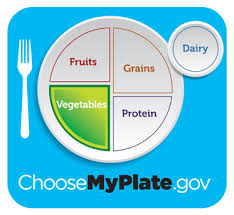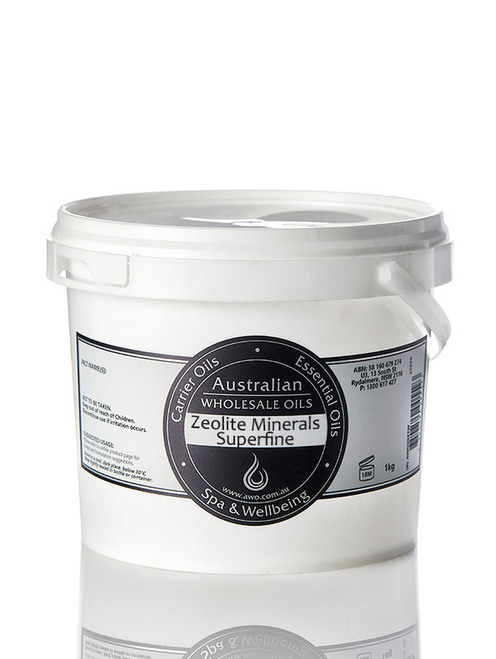
This method was used to create salt by ancient Chinese, Romans and Indians. Buddha taught the world how to keep and collect salt in early fifth century BC. The Romans used ceramic containers called briquetage to collect the brine. Workers scraped up the concentrated salt and washed away the impurities. The brine was then placed in shallow pans. They were then set on clay pillars over a peat fire. The workers then sold the dried, powdered sea salt to the people of the colonial New World. In the New World, slaves were brought from Africa to rake salt on various islands in the West Indies, such as the Bahamas and Turks and Caicos Islands.
Although most people are familiar enough with table salt, many don't know how sea salt is created. While the main ingredient of table salt is sodium chloride, sea salt also contains several other minerals, such as magnesium, iron, calcium, and potassium. These minerals are contained in tiny amounts in sea Salt crystals. This mineral should be used in moderation. However, adding a little bit to your food will increase the nutritional value and minerals.

The most popular type of salt is sea salt. It is a salt that comes from warm climates. To get it, you need to flood man-made lakes with salt water and wait for it evaporate. The crystals will remain behind when the water evaporates from the pool. These manmade pools are called "salt work". The process of harvesting sea salt takes billions upon billions of a years. Different methods of harvesting the salt are used.
The process of sea salt production is quite complex. The first step involves the extraction of seawater. The process involves evaporating the water from the ocean. Allow the water to evaporate from the ocean. The water will then dry out and become concentrated. Once this is completed, the sea salt is ready to be sold. The final product can be labeled either as refined or unrefined. The unrefined sea sal can be either grey or contain trace minerals and marine bacteria.
The process for harvesting sea salt can be done in a few steps. The salt crystals that form in the bottom water are almost dry. Pour off some water and remove the salt crystals. This is an excellent method to collect sea sal. It is extremely affordable and widely distributed. It is readily available in many countries. The salt can be used by humans once it is harvested. It is versatile in its use.

Extracting salt from seawater is similar to extracting salt water. The process is, however, different for each. Some sea salts are harvested from the sea, while others are extracted from the earth. Chemicals are used for the extraction of salt in these cases. The minerals are stripped from the sea to get the iodine. To get iodine, salt is also processed in order to remove any minerals that make the salt edible.
FAQ
How do you store leftovers best?
Tupperware containers can be used to store leftovers. These containers preserve food freshness and stop odors from developing. These containers keep food warm for longer periods of time. You can freeze leftover food in freezer bags. To prevent air from escaping, freeze food in a bag. After the food is frozen, place it in a sealed container like a ziplock bag.
Can I learn how to cook together with my children?
Yes! Yes, kids love to help in kitchen. It's a fun activity which teaches children responsibility and teamwork. Children can help with everything from washing vegetables to chopping onions. If your children follow safe practices when handling knives, they will enjoy helping you cook.
How can I motivate myself to cook?
When you cook with your family and friends, cooking is enjoyable. Cooking for your own family is much easier than making meals for others. You can be inspired to cook if you try something new. You'll learn new techniques, and you'll be inspired to cook. Additionally, you can learn about new ingredients and techniques by incorporating recipes from different cultures into your cooking.
What does a culinary program cost?
Prices for Culinary School vary depending upon where you go, what program you select, and how long you stay there. The average tuition cost is $10,000-$30,000 annually. The majority of students graduate with around $20,000 in student debt. There are some programs that offer grants and scholarships as well as work-study options.
What are the health benefits of slow cooking?
Slow cookers allow you to make delicious meals with minimal effort. Slow cooker recipes are more healthy than traditional dishes because they use less oil. Additionally, slow cookers are more convenient than traditional recipes because they take care for themselves while you're sleeping.
What should a beginner cook start with?
An easy dish to start with is pasta, rice, or soup. You can learn how to cook by looking at a cookbook or watching a YouTube video. Cooking with others is more enjoyable. You can cook together as a family or with friends.
What is the best way to learn to cook?
Cooking should be something everyone can do. If you don't know how to cook, you miss out on some great food experiences. First, find a recipe that appeals to you and then follow it closely. Next, practice making small tweaks to the recipe until the dish is your own. You can also try cooking for other people. This will help you improve at cooking and also allow you to test your skills.
Statistics
- under 10 Kids have been taught that there is special food just for them, and Fiese says that 10 percent of kids will throw a tantrum if they don't get the food they want. (washingtonpost.com)
- The median pay for a chef or head cook is $53,380 per year or $25.66/hour, according to the U.S. Bureau of Labor Statistics (BLS). (learnhowtobecome.org)
- You'll be amazed that over 90% of CIA students receive scholarships and grants to finish their culinary studies. (ischoolconnect.com)
External Links
How To
How to make an omelet that is perfect
Omelets have always been a favourite food to eat for breakfast. How do you make them perfect? There are many recipes and methods I tried, but none worked. So I am sharing some tips and tricks today to help you make fluffy, delicious omelets every morning.
Before we start making omelets, let's remember that eggs are temperamental. The eggs must be fresh from an organic source and kept at room temperature until they are ready to be cooked. If you don't keep them cold enough, the whites won't form properly, and the yolks will break down too much and become runny. This makes your omelets look weirdly colored. If you want to make omelets right away, it's best not to use eggs that are too cold.
You can also separate the egg before you add it to the pan. You don't want the white to get mixed with the yolk, as this could cause the egg to curdle.
You might burn the bottom of the egg if you place the egg directly on the stovetop. This could ruin the texture of your omelet. Instead, heat the egg for 10 seconds in the microwave before placing it in the pan. The microwave heat cooks your egg just right, without it becoming too soft.
Next, let us talk about how to mix the eggs. You want to mix the eggs thoroughly before you add them. Turn the bowl upside down and grab the whisk to do this. Then shake the bowl vigorously. By doing this, the egg is thoroughly mixed with the air in the bowl.
Now comes the fun part - pouring the milk into the mixture. Fold the eggs in the milk mixture by first pouring half of it into the egg whites. Do not be alarmed if there are still egg streaks visible. Once the omelet flips, these streaks will disappear.
After folding the eggs fold the pan onto medium heat. When the oil starts to hot, wait for the pan to cook. When the oil is hot enough, add 1/4 cup butter to the pan. Stir it around until the butter covers the entire pan. Open the lid and sprinkle salt on the pan. The salt will help to prevent the omelet's sticking to the pan.
Cover the pan once you have formed the omelet. Wait for the top to set. Flip the omelet by using a spatula. Cook the other half for another minute. Serve immediately after removing the omelet from its pan.
This recipe works best when you use whole milk.